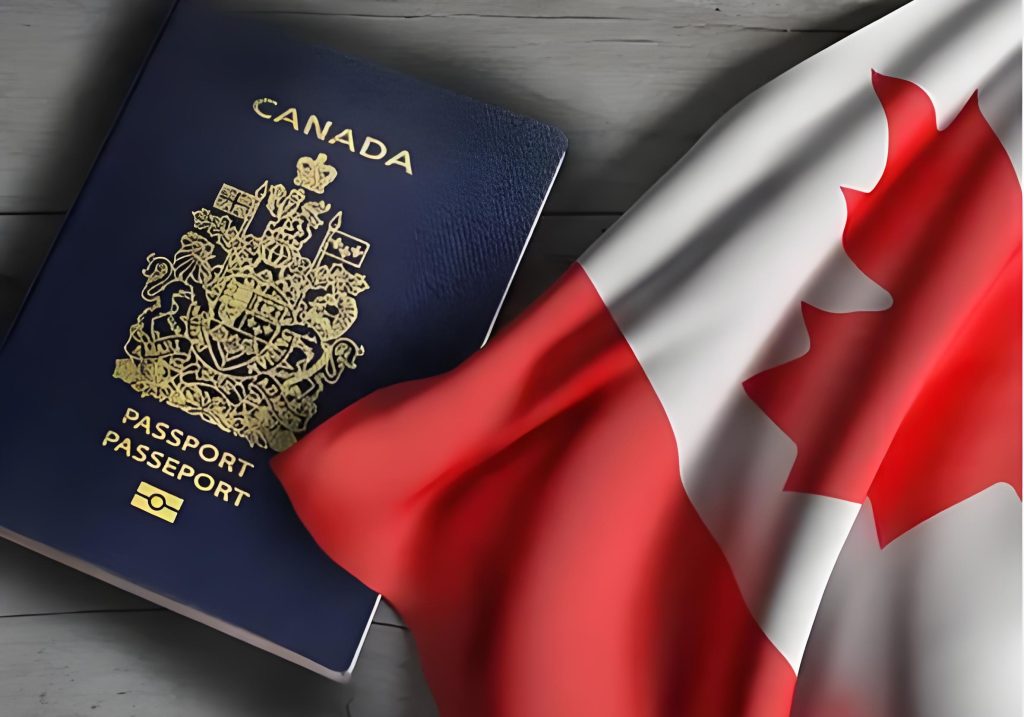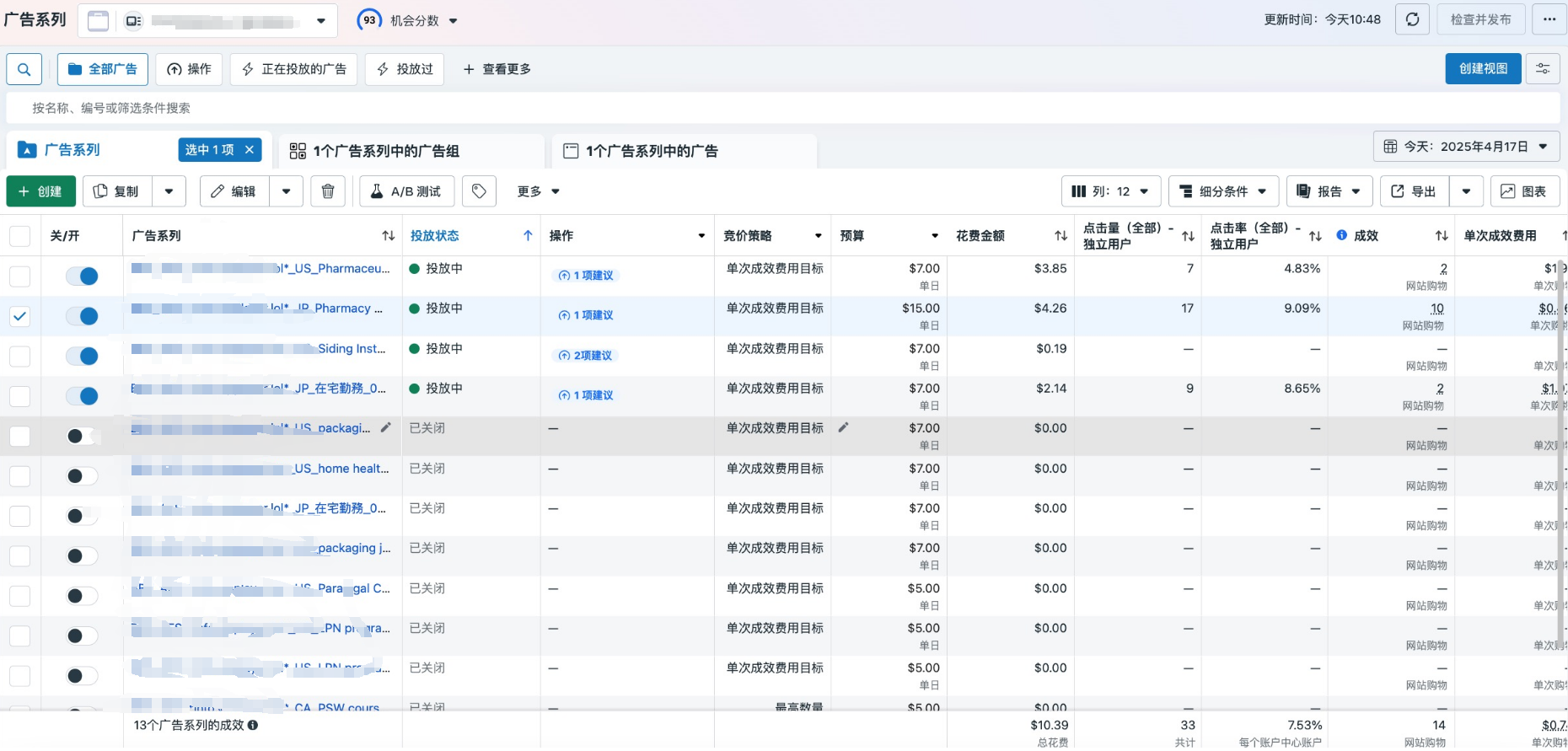
Latest Interpretation of Canada’s Immigration Policy
As of 2023, Canada’s immigration policies continue to focus on attracting global talent, supporting economic growth, and promoting family reunification. Below is the latest interpretation and key directions of Canada’s immigration policies:

【1】Immigration Targets
2023-2025 Immigration Plan: Canada plans to welcome a record number of immigrants over the next three years, with targets as follows:
2023: 465,000
2024: 485,000
2025: 500,000
This goal aims to address labor shortages, support economic growth, and tackle population aging.
【2】Major Immigration Categories
Canada’s immigration system is primarily divided into the following categories:
(1) Economic Immigration
Express Entry (EE):
Includes the Federal Skilled Worker Program (FSWP), Federal Skilled Trades Program (FSTP), and Canadian Experience Class (CEC).
In 2023, Immigration, Refugees and Citizenship Canada (IRCC) introduced category-based draws targeting specific occupations (e.g., healthcare, technology, construction), prioritizing applicants in these fields.
Language proficiency (e.g., IELTS or CELPIP scores) and Canadian work experience are key factors for earning points.
Provincial Nominee Program (PNP):
Provinces nominate immigration applicants based on their local labor market needs.
In 2023, PNP quotas increased significantly, making it one of the primary pathways for economic immigration.
Atlantic Immigration Program (AIP):
An employer-driven immigration program targeting Canada’s four Atlantic provinces (New Brunswick, Nova Scotia, Prince Edward Island, and Newfoundland and Labrador).
Rural and Northern Immigration Pilot (RNIP):
Aims to attract immigrants to smaller rural and northern communities in Canada.
(2) Family Reunification Immigration
Spouse, Partner, and Dependent Child Sponsorship:
Canadian citizens or permanent residents can sponsor their spouses, partners, and dependent children for immigration.
Processing times are relatively short, typically around 12 months.
Parents and Grandparents Program (PGP):
In 2023, the PGP program invited applicants through a lottery system, with a quota of approximately 28,000.
Sponsors must meet minimum income requirements.
(3) Refugee and Humanitarian Immigration
Canada continues to fulfill its international obligations by accepting refugees and asylum seekers.
In 2023, Canada has placed special emphasis on refugees from Afghanistan and Ukraine, establishing dedicated immigration pathways.
【3】Policy Changes and Trends
Category-Based Selection:
Express Entry introduced a category-based selection mechanism, prioritizing applicants in fields such as healthcare, technology, construction, transportation, and agriculture.
Favorable Policies for International Students:
The Post-Graduation Work Permit (PGWP) has been extended, allowing some students to obtain open work permits for up to three years.
Restrictions on off-campus work hours for international students have been relaxed, permitting full-time work.
Adjustments to Language Requirements:
Language requirements for some economic immigration programs have been eased, but high language scores still significantly improve the chances of success.
Digital Transformation:
Immigration application processes have become more digitized, speeding up processing times.
【4】Application Advice
Prepare for Language Tests Early: IELTS or CELPIP scores are crucial for applications.
Gain Canadian Work Experience: Accumulating local experience through studying or working in Canada can significantly enhance immigration success.
Explore Provincial Nominee Opportunities: PNPs have lower thresholds and are suitable for applicants who may not meet Express Entry requirements.
Consult Professionals: Immigration policies are complex, so it is advisable to consult licensed immigration consultants or lawyers.
【5】Future Outlook
Canada will continue to expand its immigration intake, focusing on attracting skilled workers, international students, and entrepreneurs.
Policies will become more flexible, adapting to labor market demands.
Family reunification and humanitarian immigration will remain key components of the immigration system.
If you have specific immigration needs or questions, it is recommended to visit the official website of Immigration, Refugees and Citizenship Canada (IRCC) (https://www.canada.ca/en/immigration-refugees-citizenship.html) for the latest information.







